|
This Swiss shop discovered workholding collets that satisfy the needs of its very small, delicate and complex medical parts production on the subspindle, making once impossible processes not only doable but more efficient and esthetically pleasing. Workholding, particularly for backworking operations, can be tricky when machining very small parts in a CNC Swiss-type lathe. Depending on their design, pickoff collets can produce a variety of problems, including poor concentricity and runout as well as poor control of clamping force, causing part damage. That is why when Dan Fifer, owner of Lane4 Precision (Santa Rosa, California) discovered collets that worked well for his applications, he became a dedicated customer of the manufacturer and trusted the company’s workholding system with his most delicate and complex parts.
In addition, Fifer says the Microconic collets enable fine adjustment of the collet tension on complex parts. These collets enabled the shop to machine parts it was formerly unable to create with other collets, as well as frequently and effectively perform backworking operations. From Designer to Job Shop in 1 MonthAlthough he quickly learned about the workholding necessary to machine his customers’ parts most efficiently, Fifer did not initially have experience with CNC Swiss-type machining. In fact, when he opened Lane4 Precision in 2017, he had never stood in front of a CNC machine control panel before, let alone a CNC Swiss-type lathe. His background was rooted in design/product development for the medical device industry. After working for several startups for over 20 years, he says he was anxious to be the one to create the parts instead of designing them. So, he took his passion for innovation and rented a warehouse space where he decided to do all the machining processes in-house. He says someone told him he needed a screw machine to do the work he wanted to accomplish. The timing was good for him to attend IMTS 2016 to shop for a machine tool, and that’s where he met Spinetti Machinery, a distributor that sells Marubeni Citizen-Cincom Swiss-types. He was impressed with the machines’ predictability, and he was confident that the Spinetti team would support him and help him learn how to operate his first Swiss-type, a Citizen L20. Once this sophisticated machine was set up, an industry colleague asked Fifer if he thought he could make a part that had already been designed. His colleague said no one could build it for him, not because it was not able to be done, but because the colleague did not want to wait 12 weeks to have the order complete. “I said, well, I have nothing else to do, so I will figure it out,” Fifer says. “So, basically, within a month I was absolutely swamped from a team of about six engineers feeding me more parts that I was able to do.” With Spinetti’s assistance, he has since selected four more of the Citizen Swiss lathes with different work envelopes and capabilities such as a live B-axis, automatic toolchanger and the machine tool builder’s low frequency vibration technology that helps create small, easily evacuated chips. The distributor was also responsible for introducing Fifer to the Microconic workholding system. A very small part on an L12 was the first job he ran with the workholding system. Extended Nose Without ExtensionThree-quarters of the machining done at Lane4 Precision, which is mostly a prototype shop, is for the medical industry, and the rest are premium parts for the semiconductor, defense, aerospace and consumer products industries, according to Fifer. Parts range in size from fitting within a work envelope of a grain of rice (length or diameter of a half a millimeter or so) to long slender parts over two feet long. 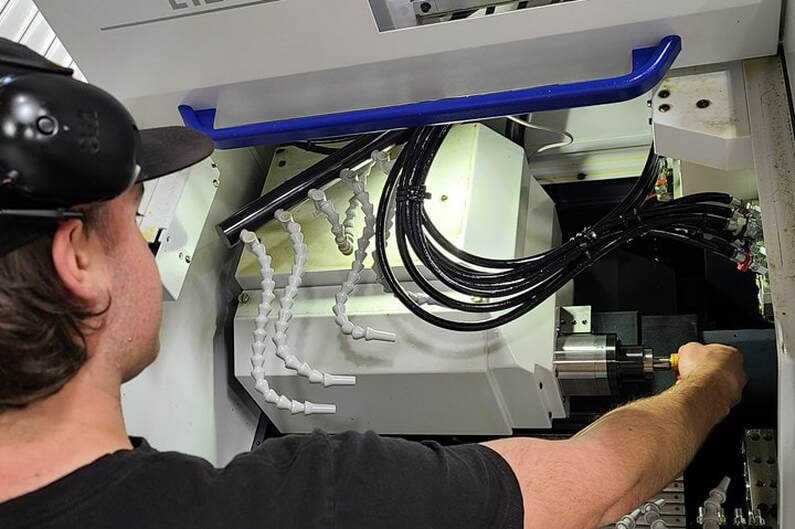 Quickly moving from a designer to a job shop, Fifer never has put his eye for design on the back burner. He considers his niche to be that of helping his customers with design when appropriate. For instance, if he understands a more efficient way to machine something, he volunteers his expertise. “If I can see their design intent, I might say, ‘By the way, you can chamfer this edge, and it won’t cost you anything because I already have the tool’,” he explains. “They might have had two parts I was making that they were welding together.” Because some parts produced by the shop contain thin walls and have short pickoff lands, it was critical that the workholding system installed offer acceptable tool clearances and fine adjustability for subspindle backworking. The shop also needed compact and reliable over-grip collets for the most complex applications (more about that later). Fifer found his expectations met and then some after installing the Microconic workholding system. In fact, he was so pleased that he eventually added it to all five of his Swiss-types. Masa Tool, which only specializes in subspindle collet workholding, has designed the Microconic workholding system which consists of cartridges that are installed in a machine like a standard collet. The cartridge, which offers 0.0002-inch TIR, can be used as a gage to verify machine spindle accuracy. Also, the adjustment dial wrench offers precise and repeatable control of the clamping force, according to the company. Because the cartridge is built with an extended nose, extended nose collets are not necessary, making this system well-suited for Lane4 Precision considering most of its applications require an extended nose pickoff collet. Fifer explains that the Masa collet closure mechanism has been moved right up to the collet nose, improving rigidity relative to standard extended nose collets. All Masa collets fit into the machine’s cartridge or an adaptor sleeve from the company, making it easy for Fifer to change back and forth between collet styles on all his lathes.
He also points out that it usually takes only 5 minutes when changing over his lathes from machining “large” parts (which for Lane4 are those that are a half-inch diameter and larger) to machining smaller parts when using the Microconic collets. According to Masa, the changeover from a 16C to a 5C collet usually results in a tolerance accumulation and can sometimes take more than 15 minutes to change the collets. But, with the Masa system, once the cartridge is in place, collets can be quickly installed and clamping pressure set right at the spindle nose without tolerance stackup in less than a minute. Compact Over-GripFifer also appreciates Masa’s over-grip collets for parts that require those. He explains that, although these collets are compact, they offer a large opening and rigid holding. He says they outperform any alternatives he has tried in the past. “My cycle times, rigidity, tooling, everything is better,” he says. “They took away the fear of doing over-grip parts.”
However, the over-grip collets open up to 0.156-inch diameter larger than the holding diameter. According to Masa, these collets are still capable of 0.0002 inch of TIR. With such reliable gripping, Lane4 Precision has been able to expand its capabilities, even machining some intricate parts “backward,” providing higher quality parts, with fewer defects and a lower scrap rate, enabling operation without interruption.
Some SurprisesWhile learning the ins and outs of the Microconic system, Fifer says he realized how much confidence the workholding system’s design has given him to complete high-quality and miniature parts for his customers.For example, he appreciates that the collet nose is not chamfered. This design leaves more room for pickoff, he explains. “I used to have to face the collet before I could use it, so I could know what I was dealing with. But then it would alter the length of the collet.”
The advantages of excellent runout on the workholding system is another realization Fifer came to after he started putting it to use. It is possible to put very fine features on the backside of a part and maintain concentricity while also producing a “pretty” part. “If you have a 0.005-inch wall and you are trying to put 0.001-inch edge break on it, and you’ve got 0.001 inch of runout, the result is a really ugly part,” Fifer explains. “Using a Masa Microconic collet is like firm footing from the subspindle. At least you know you are starting in a good place for the most critical applications.”
0 Comments
|
AuthorHere you will find the latest press releases, news coverage and technical information about our Microconic™ system Archives
February 2023
Categories
All
|
| Masa Tool | breaking news |
|
© 2024 Masa Tool Inc.
Microconic™, Micrograd™ and Microguide™ are trademarks of Masa Tool. All Rights Reserved. |

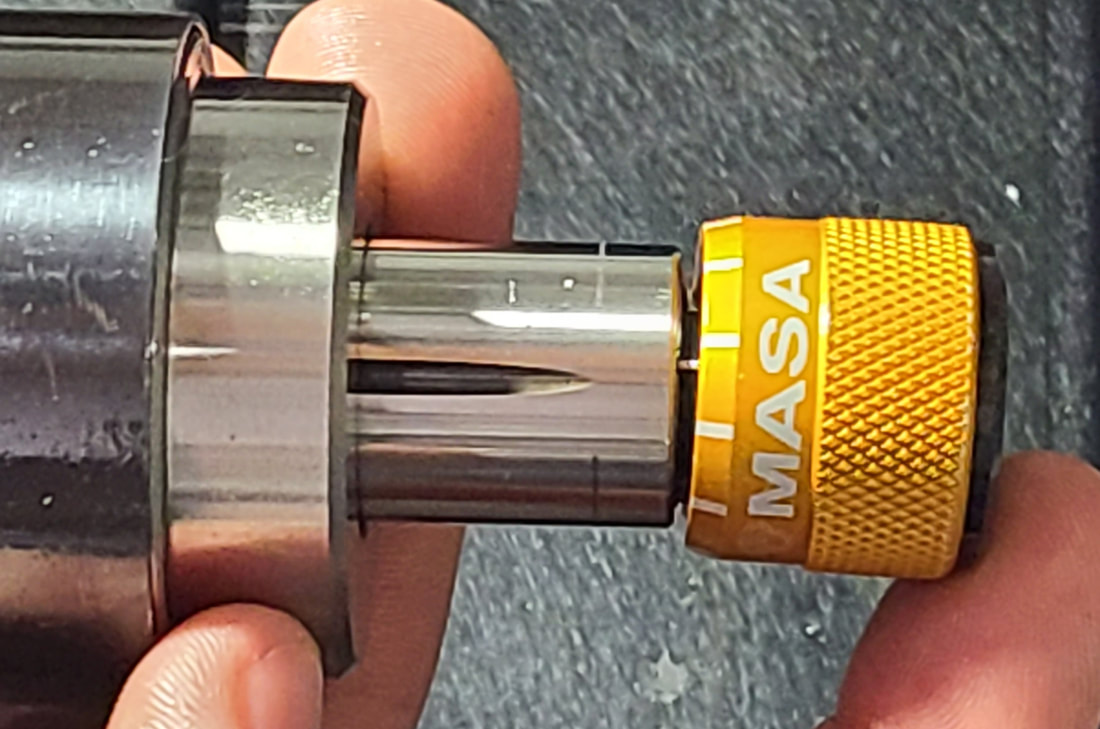
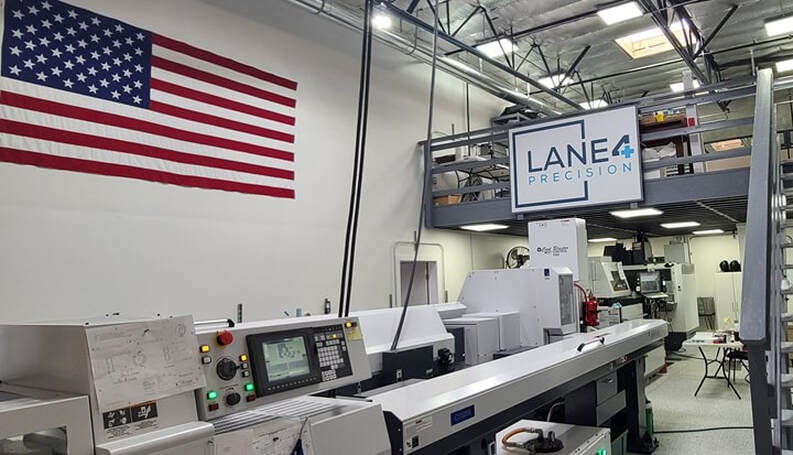
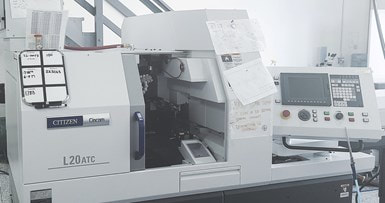
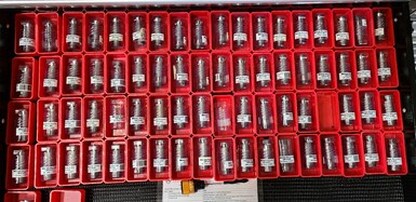
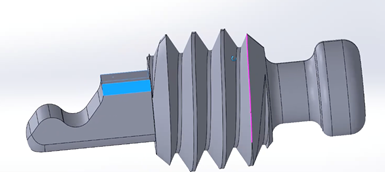
 RSS Feed
RSS Feed
